Zebra
Buy Zebra The rock trio Zebra existed with almost equal measures of three critical stripes – love, hate and indifference. The group’s dedicated fans point out the melodic dynamics present with group leader […]
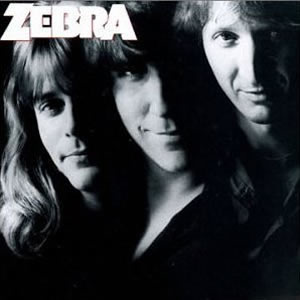
Buy Zebra The rock trio Zebra existed with almost equal measures of three critical stripes – love, hate and indifference. The group’s dedicated fans point out the melodic dynamics present with group leader […]

Buy War With their third album War in early 1983, U2 fully arrived on the international music scene and has remained on the top echelon ever since. A commercial success for the band, […]
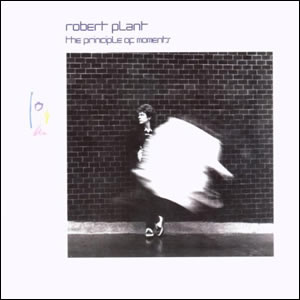
Buy The Principle of Moments The 1983 release of The Principle of Moments was the second solo album by Robert Plant, following the disbandment of Led Zeppelin in late 1980. The album follows […]
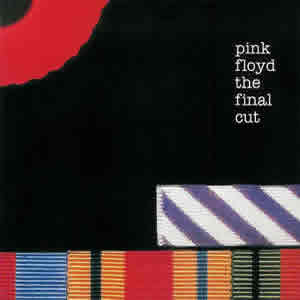
Buy The Final Cut This guest album review is provided by Merry Mercurial, a writer of fiction, essays, reviews, and the “highly subjective” music blog, The Music According to Merry. Pink Floyd’s 12th […]

Buy Synchronicity The Police saved the best for last with 1983’s Synchronicity, ending their short five year and five album recording career with their masterpiece. And although the album was once again co-produced […]
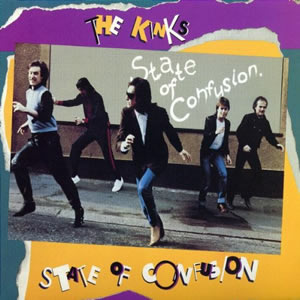
Buy State of Confusion The Kinks reached the climax of their second major success phase with State of Confusion in 1983. This album comes at the heart of the band’s early eighties “renaissance” […]

Buy Sports Huey Lewis and the News found their peak of commercial success with their third album, Sports. Released in the Autumn of 1983, the album topped the Billboard album charts the following […]
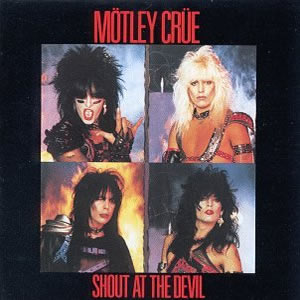
Buy Shout at the Devil Shout at the Devil is the point where Mötley Crüe‘s musical range widened and the perfect template for “hair metal” was forged for the coming years. Coming nearly […]
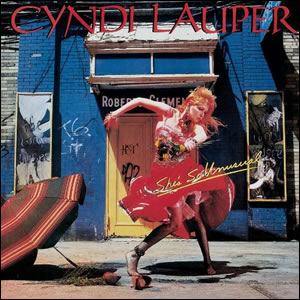
Buy She’s So Unusual One of the most successful pop debuts ever, She’s So Unusual by New Yorker Cyndi Lauper, went on to spawn four top-five hits, a first for a debut album […]
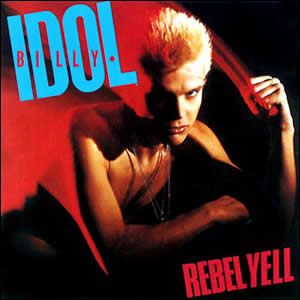
Buy Rebel Yell Rebel Yell is the second studio album by Billy Idol, released during the height of his popularity in late 1983. Four charting hits were spawned from this album, which reached […]